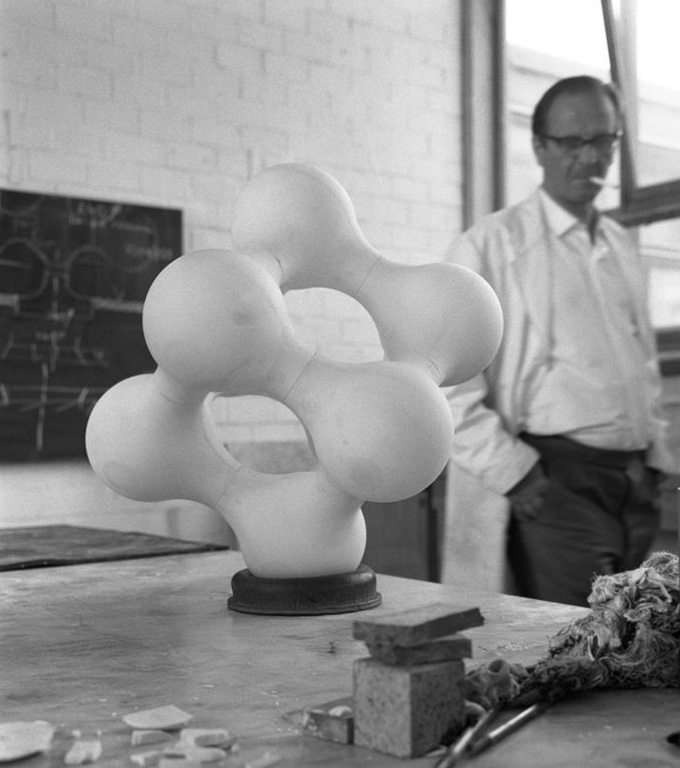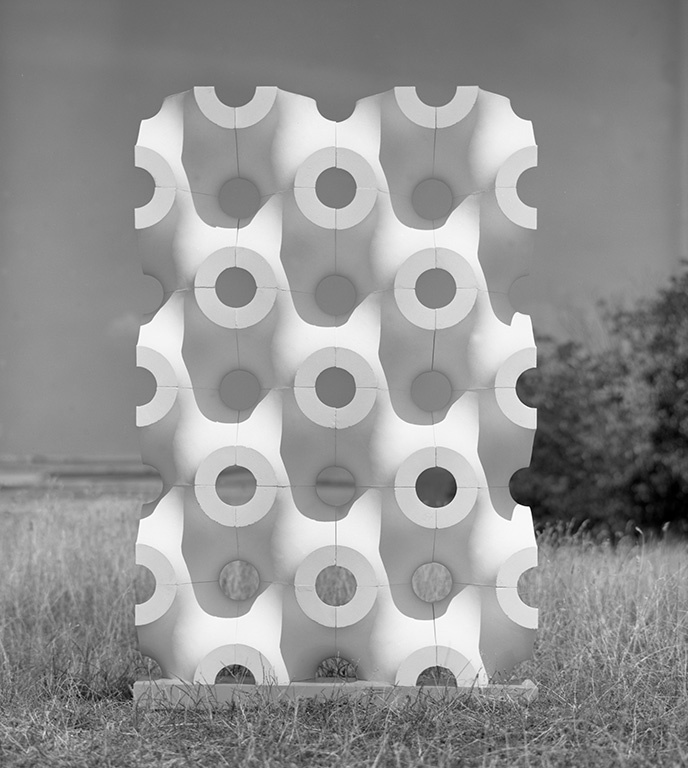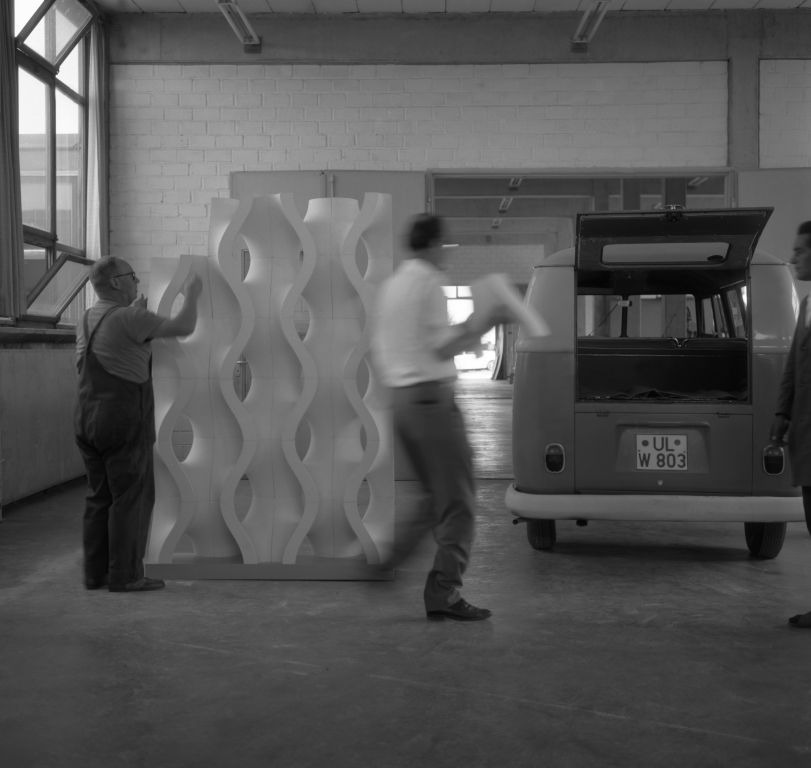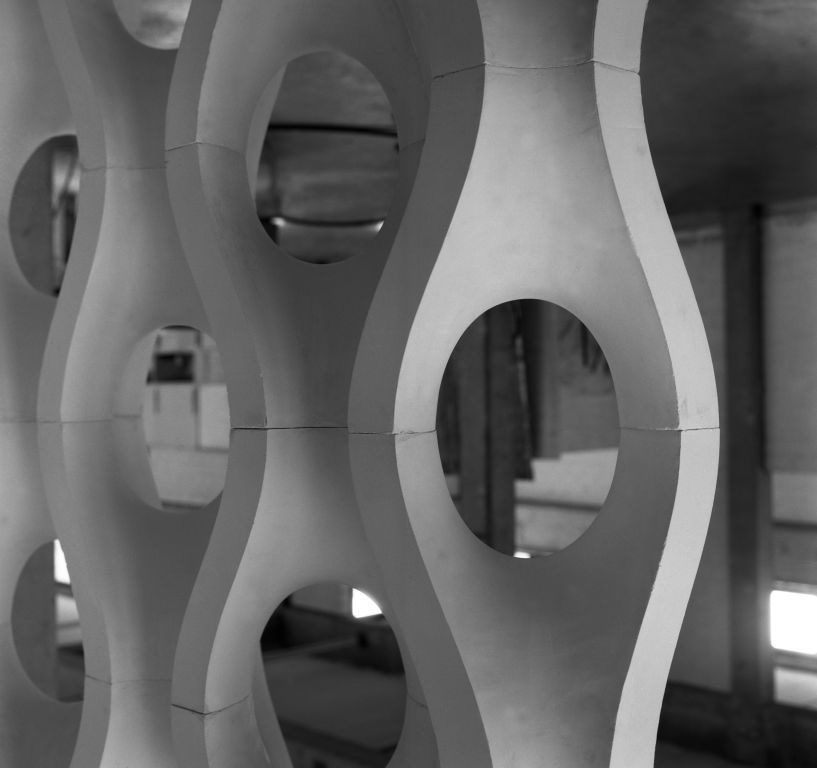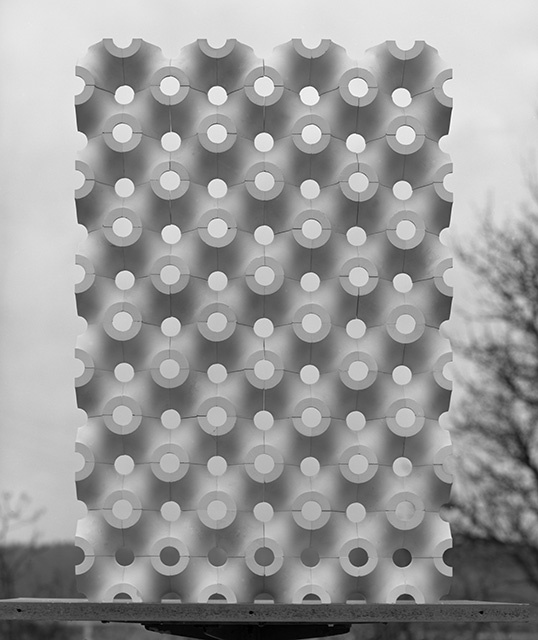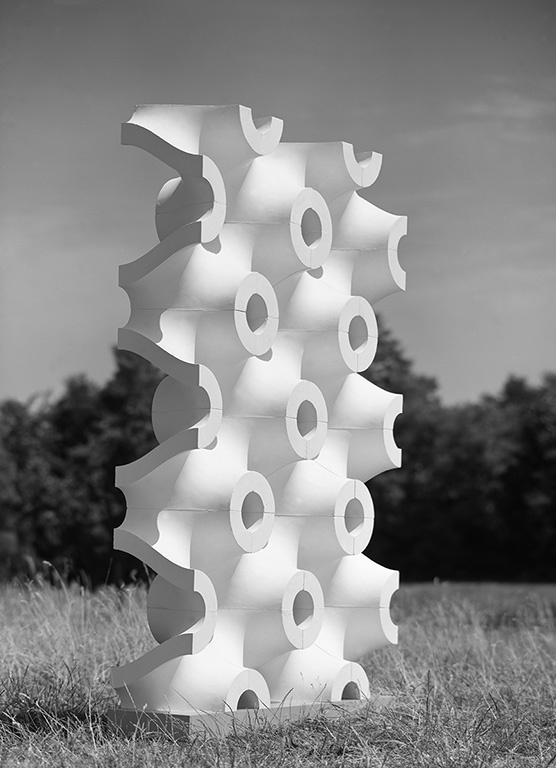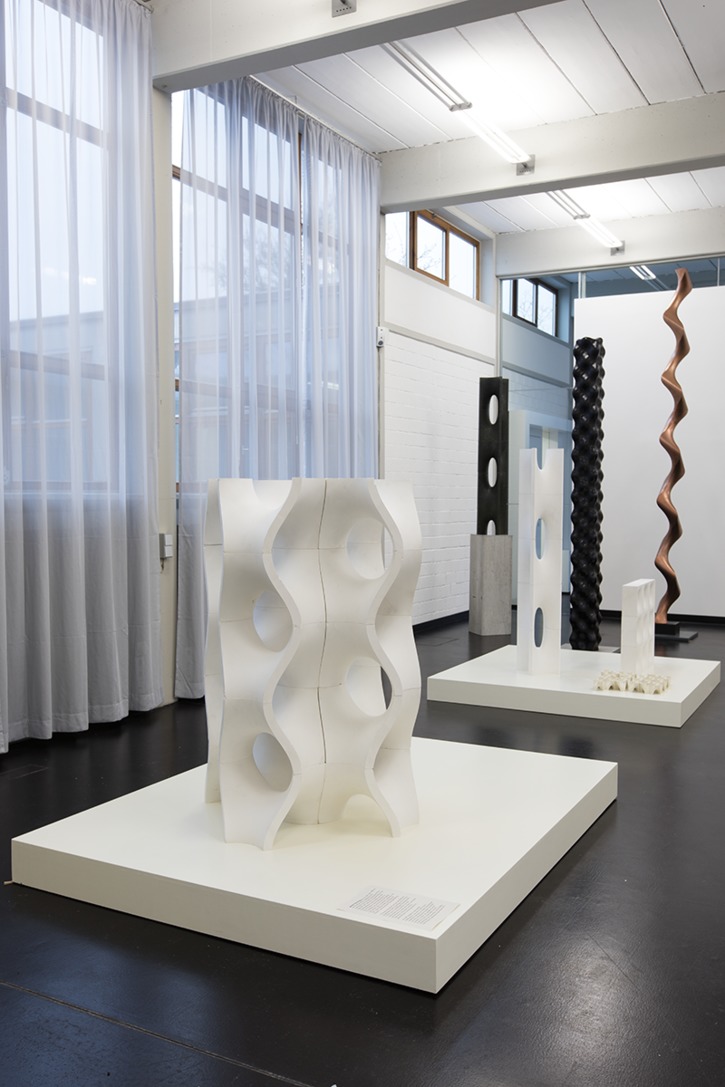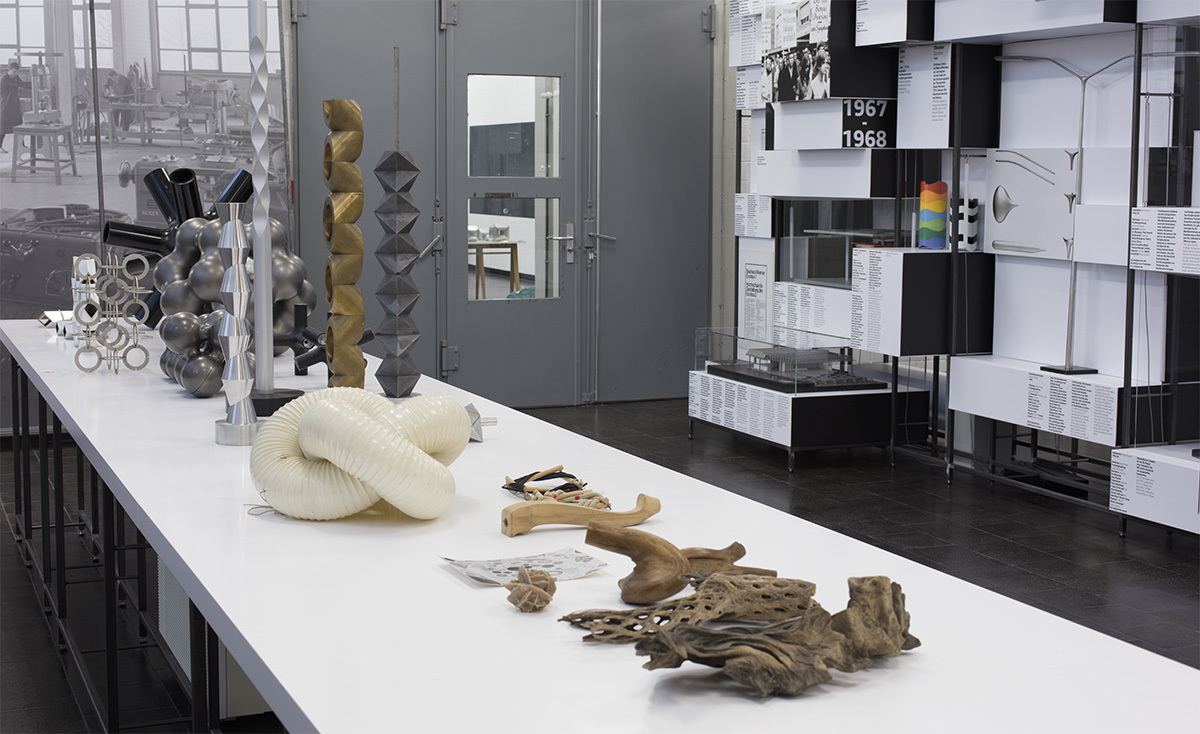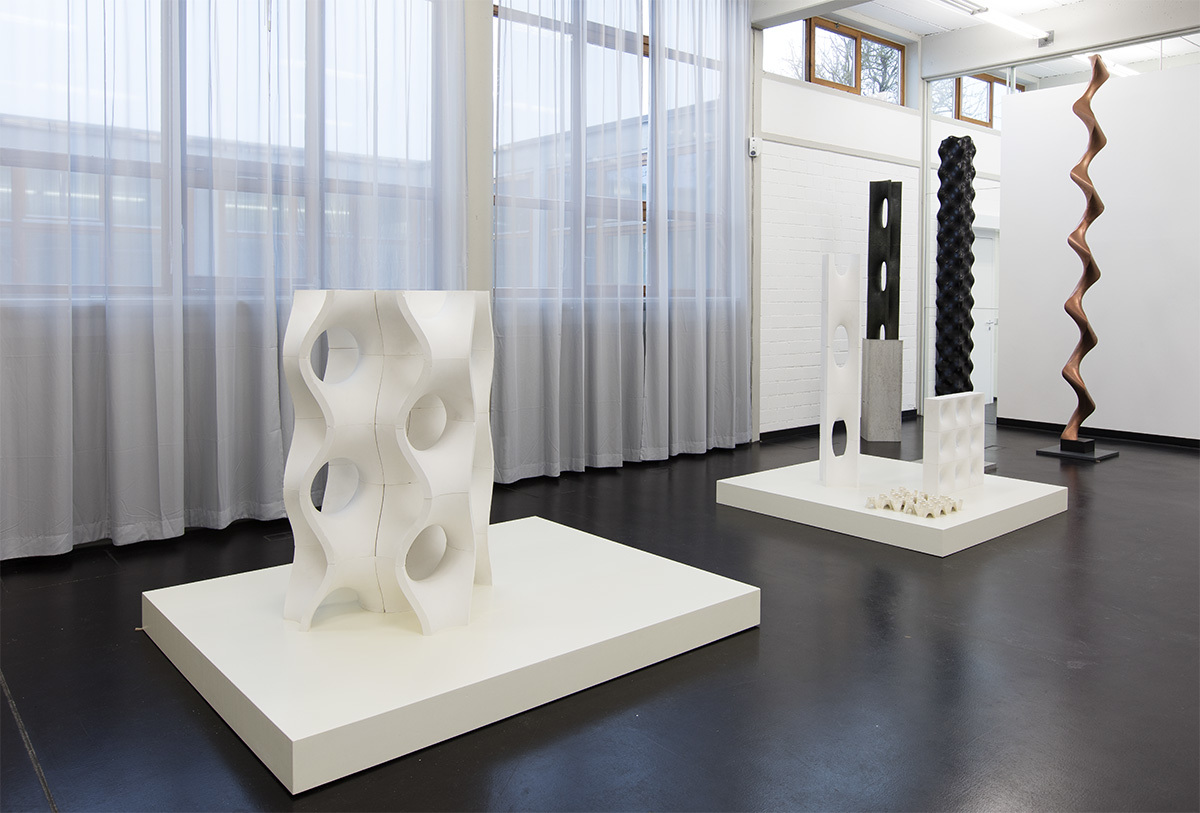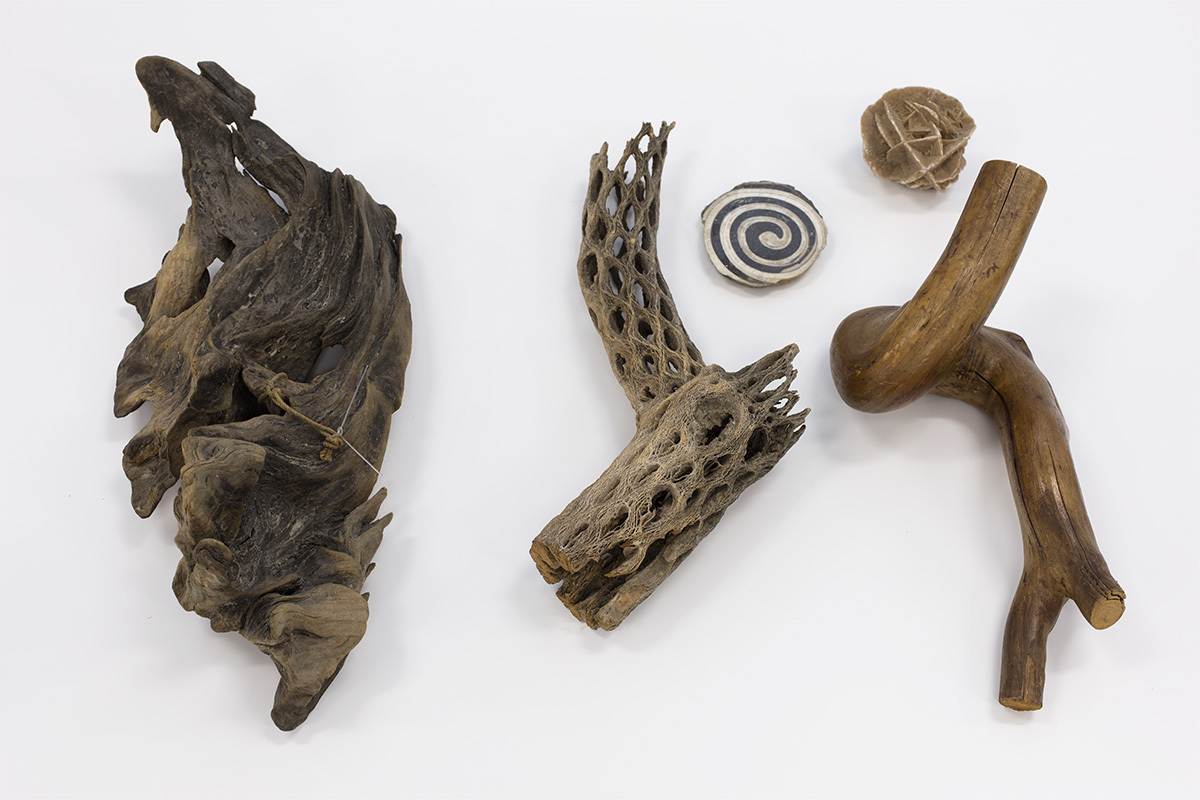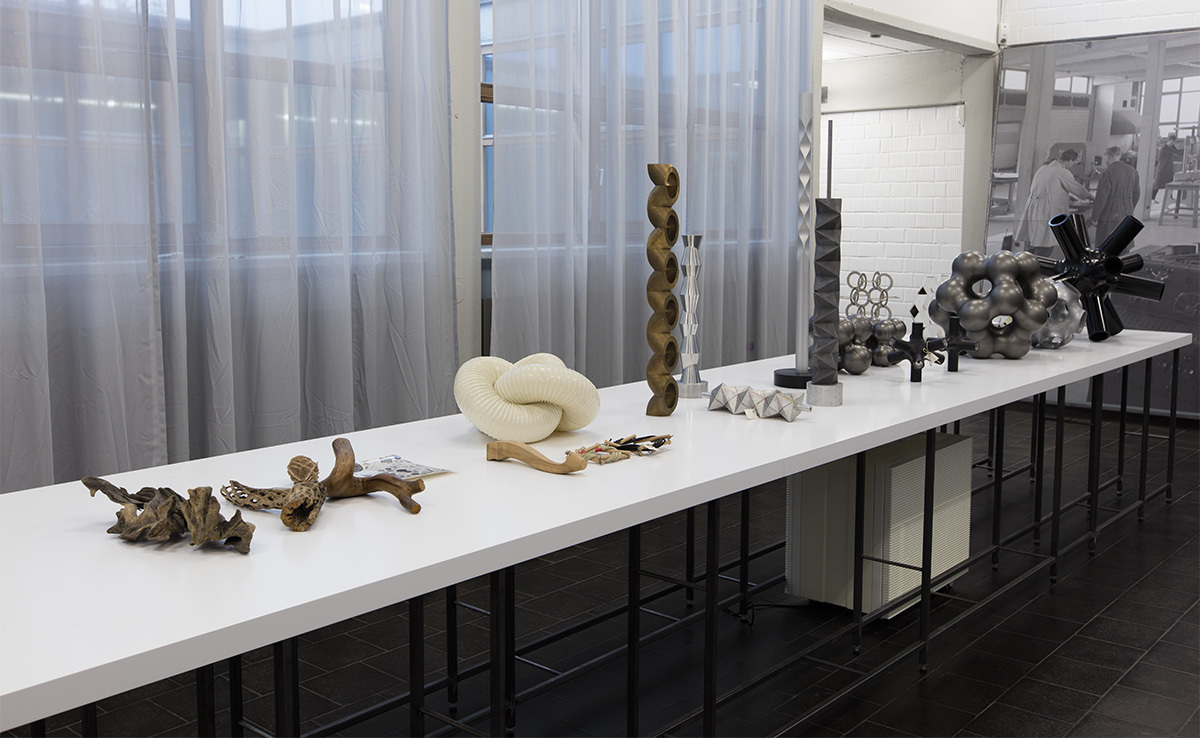“To mark the centenary of Walter Zeischegg’s birth (1917–1983), the HfG-Archiv Ulm is staging the exhibition [the nature of form] about the Austrian designer’s varied work. The connection between the Hochschule für Gestaltung in Ulm and Zeischegg is a close one; he was appointed to this design school by Max Bill shortly after it was founded.
Zeischegg became famous for a wave-shaped ashtray. This design was manufactured by the Helit company in hard plastic, and can be stacked. Behind this industrially produced product is a designer who was also active as an artist and who had studied sculpture. His interest lay in free shapes and the geometry of nature, which served as his inspiration and reference.
Zeischegg’s estate has been preserved by the HfG-Archiv and includes sculptures, drawings and models. These help to build a varied picture of the designer and reveal his creative background.
In a permanent exhibition, the HfG-Archiv showcases the history of the design school up to 1968. Up until that date, the school was seen a model for design throughout the world as well as being the source of various classics of design, including Max Bill’s Ulm Stool and Dieter Rams’ socalled Snow-White-Coffin. Ruedi Baur, the exhibition designer, wanted to create an archive that could be experienced. The Zeischegg exhibition is part of this installation.”
